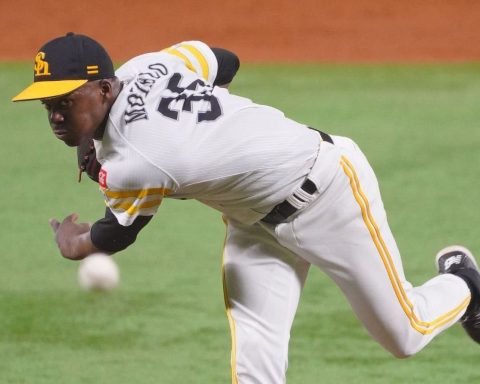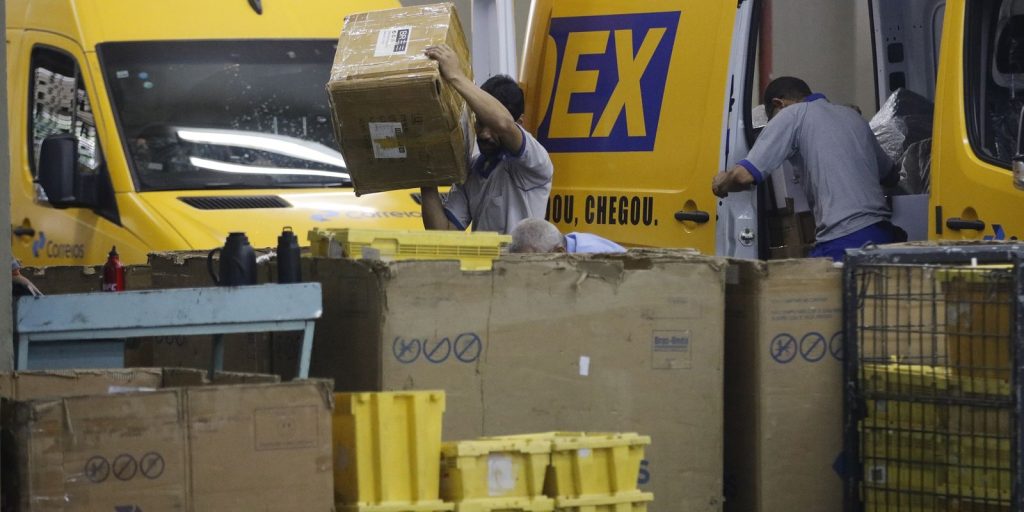MIAMI, United States. – Despite official denials, new complaints indicate that torture and ill-treatment continue to be common practices in Cuban prisons. Between January 1 and October 10, 2024, the Cuban Prison Documentation Center (CDPC) recorded 111 incidents of physical torture or beatings in 38 prisons in 15 provinces of the country.
“They hit me with tonfas, they threw me down the stairs, they dragged me through entire corridors between four and five guards,” Normando Hernández, an activist and independent journalist who spent more than seven years imprisoned after the Black Spring 2003. “Since I left prison, it has been a rare week that I don’t have a nightmare related to some mistreatment or situation experienced there,” Hernández confesses to the CDPC.
Isolation cells are, according to Hernández, “one of the most common tortures” suffered by inmates, whether they are political or not. He explains that in these small spaces, prisoners are handcuffed with “shakiras” that immobilize their hands and feet, and they are left on the floor in an almost fetal position. “They throw buckets of cold water at you at night, in those humid cells,” he adds. When the handcuffs are removed, “your limbs are numb and you cannot stand up or walk for so many hours that they left you in that position.”
Alarming allegations and testimonies
Dissident Mario Alberto Hernández Leyva, 54, recently reported having been a victim of beatings and confinement in punishment cells in Prison 1580, located in San Miguel del Padrón, Havana. José Díaz Silva, leader of the Opposition Movement for a New Republic (MONR), relates that Hernández Leyva “was hung from a bed with handcuffs every day because he did not want to dress like a prisoner or put his hands behind him. The only support he had to stand on was the ball of his foot.”
Díaz Silva, who also suffered torture before his exile in 2022, describes some of the practices to which he was subjected: “I was inside a patrol under the sun, for hours. I have received beatings. “They have simulated that they are going to murder me with a gun, with police officers on loan, with a hood over their heads.”
After the protests of July 11, 2021reports of torture increased significantly. Mario Miguel García Piña, a peaceful protester detained in Mayabeque, described how he was subjected to the “oven patrol”: “They left me inside the patrol, in tremendous heat… I was there for more than an hour. I was very thirsty. “I asked for water and they didn’t listen to me, they didn’t give it to me until the next day.”
Legal context and official denials
Although article 51 of the 2019 Cuban Constitution prohibits torture and cruel, inhuman or degrading treatment or punishment, and the current Penal Code establishes sentences of between seven and 20 years in prison for officials who commit such acts, the reality in the prisons contradicts the legislation.
During the Universal Periodic Review of Cuba at the UN, in November 2023, prosecutor Dixan Fuentes Guzmán stated that in the country “torture and cruel, inhuman and degrading treatment are totally prohibited.” However, organizations such as the CDPC and the Cubalex Legal Information Center point out that these practices persist and that there is widespread impunity among agents of the Ministry of the Interior and other state institutions.
Laritza Diversent, director of Cubalex, maintains that “torture is a common practice in Cuba.” It mentions methods such as “interrogations lasting more than four hours, sometimes using techniques such as exposure to high and low temperatures. Beatings are not lacking either.”
Methods of torture and mistreatment
Among the forms of torture reported are techniques such as “the rack,” which consists of handcuffing the hands and feet of the inmate, lying down, and beating him. Leosbel Pérez Carbonell, detained in Kilo 7, Camagüey, was a victim of this method in July 2024. Another reported practice is “the bicycle,” which involves throwing handcuffed inmates from the top of stairs. Julián Manuel Mazola Beltrán, convicted of the 2021 demonstrations, was subjected to this torture in the Guanajay prison, Artemisa province.
The unjustified and prolonged use of handcuffs and “shakiras” is another form of abuse. In May 2024, Oreste Varona, in the La Empresita Prison in Camagüey, was left handcuffed to the fence of his isolation cell.
Denial of medical care as punishment
The denial of medical assistance and medicines is intentionally used to cause harm to prisoners, especially politicians. Camila Rodríguez, director of the CDPC, emphasized that “this is a deliberate act of torture to punish, above all, political prisoners.”
Psychological impact and isolation
Prolonged isolation and inhumane conditions also seriously affect the mental health of prisoners. Alfredo Felipe Fuentes, a victim of the Black Spring, described his experience: “I was locked in a punishment cell, isolated. That was mental torture… Leaving you in a cell 1.39 meters wide by two meters long, with a hole in the floor to relieve yourself… that is tremendous psychological torture.”
The actress and photographer Iris Mariño García, detained in Camagüey after the 2021 protests, reported that she was in conditions of “psychological torture”: “There were mice, cockroaches. It was total darkness, I couldn’t look at the palm of my hands. It was humid, almost a dungeon.”
International calls and lack of transparency
In 2022, the UN Committee against Torture asked the Cuban Government to “promptly, independently and exhaustively investigate” the cases of excessive use of force and mistreatment that occurred during the 11J protests. The Inter-American Commission on Human Rights (IACHR) has also granted precautionary measures to detainees such as Julián Manuel Mazola Beltrán, considering that their rights “to life and personal integrity face a risk of irreparable harm.”
Despite being a party to the Convention against Torture and other Cruel, Inhuman and Degrading Treatment, Cuba has not ratified its Optional Protocol, which would allow periodic visits by independent international and national bodies to places of detention.
“In international forums, Foreign Ministry officials promote the false narrative that acts of torture were ‘radically eliminated and prohibited by the Cuban Revolution,’ but the Communist Party regime does not allow anyone to enter the prisons to prove it.” , concludes the CDPC report.

















